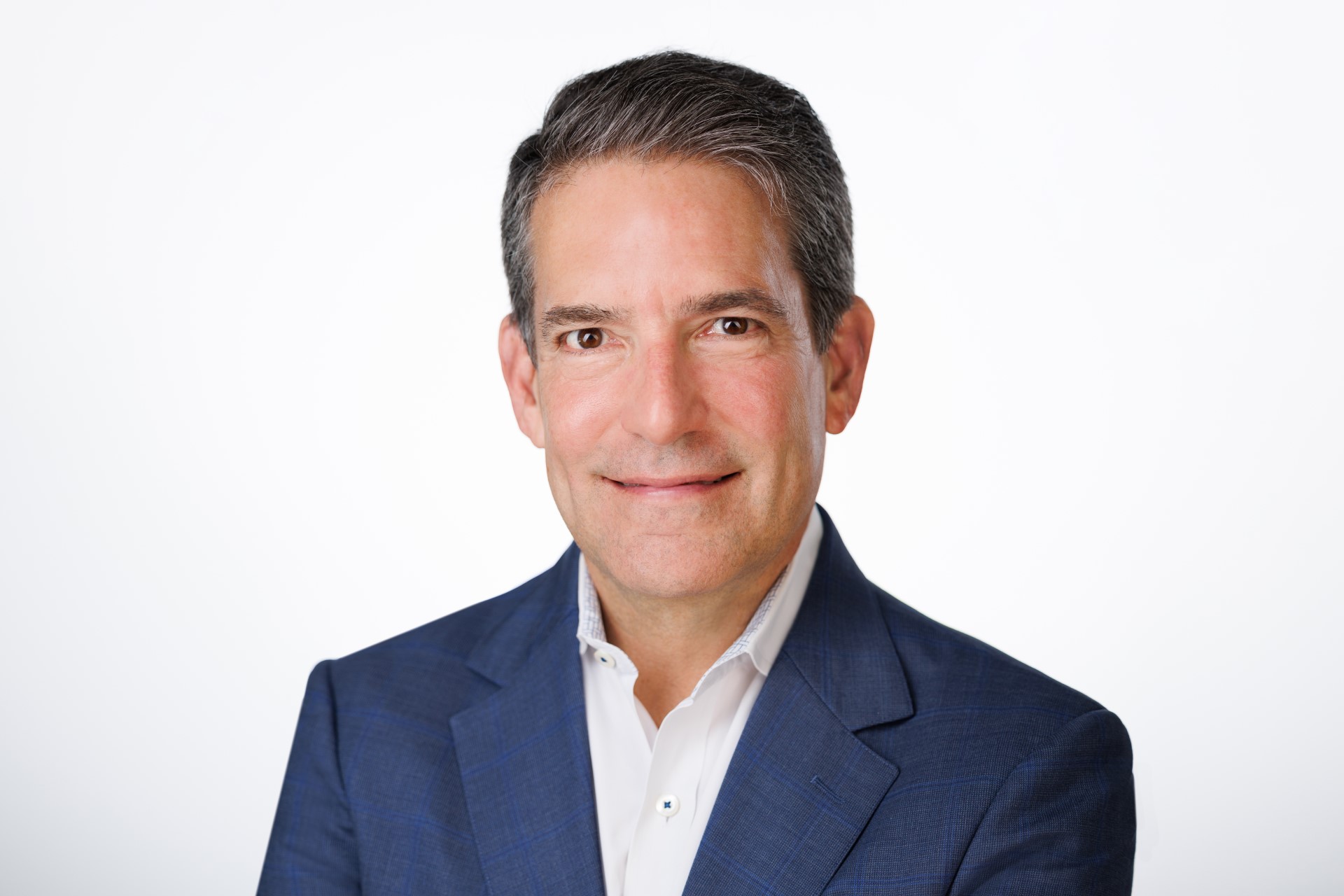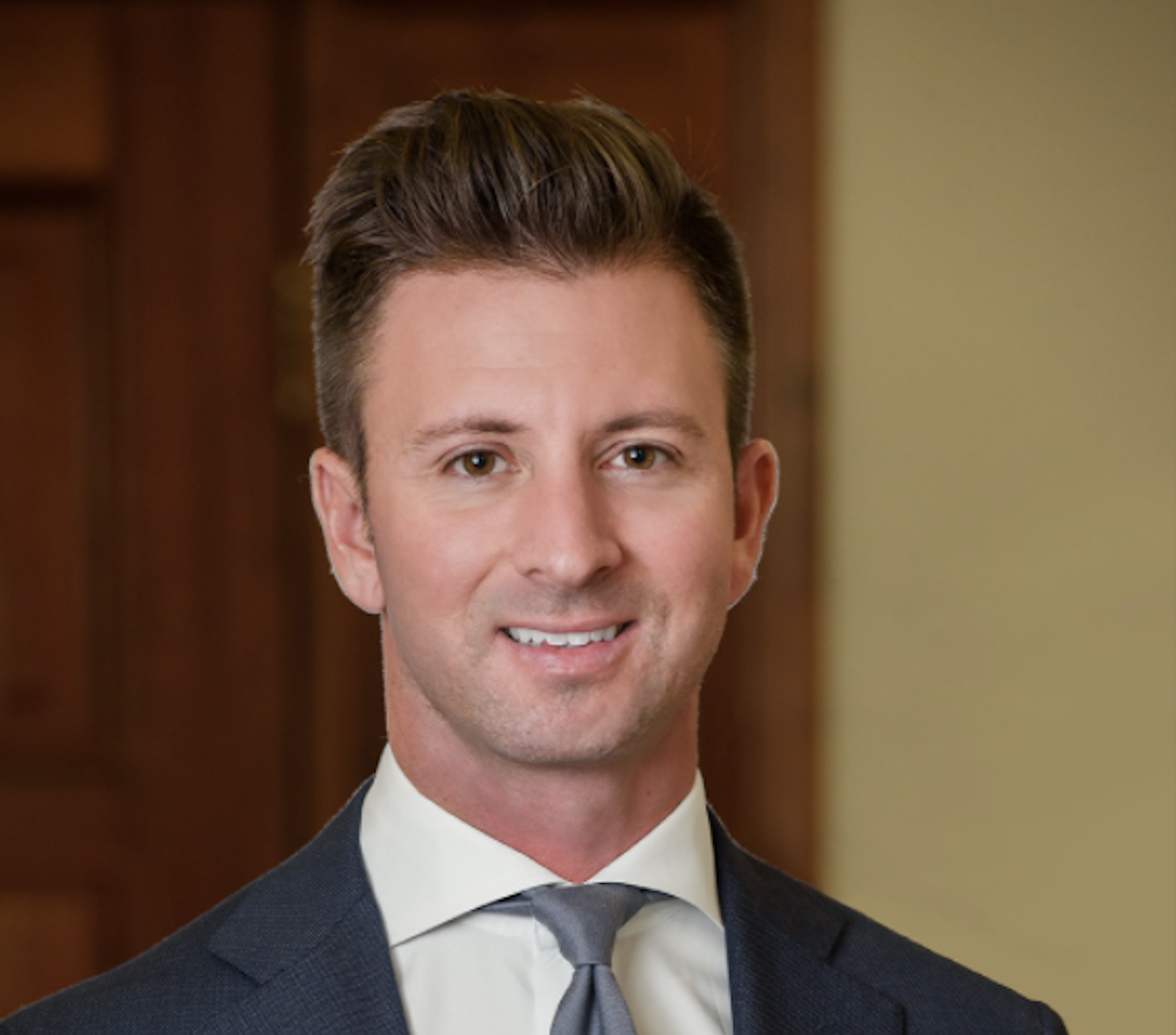Show Notes
Over 20 years in the making, Redhill Scientific's patented process creates nitrate fertilizer on-site and on-demand with a simple combination of air, water, and electricity, replicating the natural nitrate creation process found in thunderstorms. Their non-thermal plasma nitrogen fixation system uses zero fossil fuels, releases zero carbon, is more fully utilized by plants, and reduces the chance of evaporation or nitrogen run-off. Growers can directly apply the fertilizer to plants via spray or irrigation. But that's not all, Noel Munson, CEO of Redhill Scientific, tells us how their thin-film plasma reactor can change not only our planet, but Mars as well.
TRANSCRIPT:
Intro: 0:01
Inventors and their inventions. Welcome to Radio Cade the podcast from the Cade Museum for Creativity and Invention in Gainesville, Florida, the museum is named after James Robert Cade, who invented Gatorade in 1965. My name is Richard Miles. We'll introduce you to inventors and the things that motivate them, we'll learn about their personal stories, how their inventions work and how their ideas get from the laboratory to the marketplace.
James Di Virgilio: 0:38
Welcome to Radio Cade. I'm your host James Di Virgilio. Today we're going to talk about a triple bottom line innovation an innovation where the potential for societal environmental and profitability becomes a reality. It's something that's wide ranging. It's something that's complicated, but it's something that's very, very powerful. My guest today, Noel Munson . The CEO of Redhill Scientific is going to walk us through what he's creating and how it's been created. Noel, welcome to the program.
Noel Munson: 1:05
Hi James. Thank you for having me.
James Di Virgilio: 1:07
So we've spent a lot of time in the pre-show just to get me to sort of understand what this application is, where it's going, but let's start at the 30,000 foot view. Tell us what you have created and why it's needed.
Noel Munson: 1:19
We have created a very small, very robust, very cheap to manufacture plasma reactor. And the core of the technology was developed over several decades at Florida State University with a mix of National Science Foundation and institutional money. And since we have licensed seven patents from FSU, we have added our own private equity into commercializing that technology.
James Di Virgilio: 1:51
Now, this technology involves plasma plasma reactor, right? When I think of a reactor, I'm thinking of something I've seen in a nuclear film, or I've been to Chernobyl. So I've seen something there, but walk us through what this reactor is like and why it's such a great innovation.
Noel Munson: 2:04
Sure. Thanks for asking. These reactors are single pieces. They are very small, approximately three millimeters in size, a millimeter not centimeter, and they are very similar to a fluorescent light bulb. When you see a fluorescent tube bulb in your office, you are looking at a plasma reaction. It's called a cold plasma reaction where you are exciting electrons off of a molecule. And then in the case of that light bulb, they are then fluorescent gas. In the case of our plasma reactors, we are introducing water into the reaction inside the chamber, and we are creating chemical reactions with that water. Most specifically, we are creating large amounts of hydroxyl and the hydroxyl, which is O H the hydroxyl, if are then also feeding the air into the reactor will create nitrate, which can be used as fertilizer, as well as nitrite and peroxide, plain old hydrogen peroxide. So we can use the discharge from the reactor to do a number of things. We can create nitrogen fertilizer for use on crops. We can create a sanitizing sprayer that can be used in essentially any format to perform highly effective. Sanitation needs such as disinfecting surfaces or someday even wounds. However, your only ingredients are tap water and electricity. And then the third thing we can do with those reactors is we can break down organic contaminants in the US alone. There are over 2 million EPA noted cleanup sites that are not being addressed. It's $120 billion market. And basically nothing works very well. It's very expensive, very time consuming. Your typical gas station cleanup is going to be about five years and cost half a million dollars. Our value proposition there is that we can take benzine or kerosine or phenols or dyes or even Phols and PFS so-called forever chemicals. And we can bring a machine on site and run it on demand to mineralize those contaminants right there at the site to a point where you can take your gasoline contaminated water and put it down the sewer because there's no more gasoline in it.
James Di Virgilio: 4:35
So right now, if I'm a commercial farmer and I have a huge commercial operation, and I need to fertilize all of my crops, how am I doing it?
Noel Munson: 4:45
If your a big farmer like corn, wheat, or rice, you are buying solid nitrogen fertilizers created using something called a Haber-Bosch process, which was developed in World War I to make explosives. And you are taking these solid or liquid or gas nitrogen ammonia sources out to your field and you are spreading them on your crops. So that is a recurring expense that commercial farmers have. They're also going to lose most of that fertilizer because ammonia is volatile at atmospheric temperature and pressure. So it's a best guess, is the plant going to be able to absorb this fertilizer before it either runs off and pollutes the water in your rivers and in your ocean, or it evaporates back into the atmosphere. What we're doing is creating teaspoons of nitrogen in a form that the plant can directly use as nitrate and spraying that through a process called fertigation onto the plants. So our losses are expected to be only a few percentage points rather than 60 to 90% of the fertilizer. The fertilizer we use in the United States is largely made overseas, approximately 85% of it. It's a $50 billion market globally, and it releases approximately 1.7 trillion pounds of CO2 into the atmosphere each year. So in terms of single measures at scale, that could put a dent in global warming without wrecking our economies. We believe we have one of the enabling solutions for that. Additionally, our solution does have aspects as we look forward to colonies in space or going to Mars, because instead of shipping your fertilizer all the way from earth, you'll be able to create it directly from the Martian atmosphere in your colony while you're up there.
James Di Virgilio: 6:45
That's truly amazing. In fact, we're doing a large podcast series on space, and I've had a chance to talk about some of those problems, but now you're creating an environment where back to my large-scale farm, if you mentioned two thirds or more of complete waste from an outsourced, the set of nitrogen, I bring in to wind up fertilizing my plants. And now you were telling me that I could actually produce this on my own farm there locally. I can reduce the runoff. You mentioned almost by a hundred percent, almost a full magnitude back down to where you mentioned, it's a fraction. And then I'm also going to wind up doing something that's much better for the environment as a whole. It sounds almost too good to be true, right?
Noel Munson: 7:24
I have devoted four years of my life as an entrepreneur bringing this to market. So I certainly believe in it. What you're describing though, is with factory produced fertilizers, we for the past hundred years have what people call death based agriculture. We are using hydrogen that came from a diatom that died millions of years ago and made crude oil or natural gas to create ammonia. And then we're dumping that ammonia on the fields. The UN estimates that just to keep up with rising affluence, we need to double our food production by 2050, which means that our nitrogen use and the consequential pollution and atmospheric releases of CO2 are also going to double. If not more, just because of the rest of the world is getting a little wealthier and is buying food rather than growing food. Now life-based agriculture of which this technology would fall under. We are borrowing the atmospheric nitrogen that you're breathing right now, and we're borrowing water and we are feeding it in teaspoons to the plants at a level that they can absorb. It does create some differences in farming, for instance, a grower who is practicing drip irrigation and they're pertinent in their fertilizer, into their drip irrigation. Like you would see in a greenhouse or with row crops is perfectly set up to accept one of our machines at the top of their irrigation system, a farmer who is growing say corn or wheat or rice and broadcasting, huge amounts of fertilizer on in that field. The first generation of our technology is not concentrated enough to really address that far.
James Di Virgilio: 9:15
But in the future, in theory, it would be correct. Like we're talking potential wide-scale disruption of the fertilizer industry, as we know it.
Noel Munson: 9:24
Yeah . So in terms of unit economics, right now, if you're paying say 5 cents, a kilowatt hour for electricity, the pound of nitrogen that we create in one of our machines is going to run you somewhere between $3.50 And $10 a pound, but you can buy your Rhea for 30 cents a pound. And then once you've applied that to the field, your actual cost is somewhere around 70 cents to a dollar per pound. So you're talking an order of magnitude in efficiency. Now that efficiency difference is in large part because Haber Bosch is a mature hundred year old technology that has been optimized for production. There is nothing in our chemical reaction, preventing us from achieving those sorts of efficiencies. It is more of a technology maturization process where we move from early adopters to your mainstream growers, to your poor, not sustenance farmers, but your growers who have some level of mechanization, even if it's just a tractor and the ability to buy fertilizer. So for that kind of grower, it is not inconceivable to think of a small machine about the size of a cooler with a solar panel and provides nitrogen fertilizer to their crops, their rice, their potatoes, whatever it is they're growing. Farming is still the most common profession on earth. There are approximately half a billion farms of which about 350 million of those are at some level of mechanization and potential customers for our fertilizer.
James Di Virgilio: 11:10
So if we imagine a world in the not so distant future, now I've had a chance to travel in my time around the world, quite a bit. I'm picturing a farmer in who's in the middle of nowhere and has access to even very little electricity. But if they can get ahold of this device, they could essentially fertilize their farm in a way that obviously is much more environmentally friendly and is right there on demand in their hands. So what would be the objection if we had a contrarion on the show right now that said, Hey, this is great. Noel, but this is the reason why this won't work. What would they say? Is there any objection to this sort of technology?
Noel Munson: 11:45
They would say that current nitrogen fertilizer is ubiquitous in terms of its availability and dirt cheap, and they'd be right. But what they would be doing is discounting the environmental pollution. The unrecovered costs of creating that fertilizer, which is burning fossil fuels. And so there are ways to do that sustainably. There's something called sustainable Haber-Bosch where you use electrolysis to get your hydrogen source. There is so-called blue ammonia, which still uses petroleum to gain the hydrogen. And then they, at that point, run it through the Haber-Bosch process. And our process is equal to those processes already in terms of the unit cost . But what we don't have yet is any sort of scale. We're a new company. And that brings me to what is Redhills model? Well, we're intended to be primarily a commercial research facility, but in order to gain traction, we have some self manufacturing capability through equity partners who have joined us and we've been able to bolt on their manufacturing. So we will be validating these claims with our own product lines, but in order to achieve world changing scales, we need manufacturing license agreements through larger companies. If somebody wants to spray paint, one of our machines, green and yellow, that's just fine. with me.
James Di Virgilio: 13:17
So you're in this scenario where you've proven your concept. You have prototypes that work, and now obviously you have to get these out to manufacturers and then you have to overcome the hurdle that anything that lumps into environmentally friendly tends to fight the hurdle of what you mentioned. Oh, well, that would be great, but it's going to actually wind up costing me more than what I'm doing now, despite the downsides to the environment, which maybe I don't see right away.
Noel Munson: 13:41
Correct . And this isn't my first rodeo in that field. My last company was an institution scale, solar power development firm up in Virginia, which is these days, the go-to firm , if you want solar panels on your school. But we learned early on with the solar business and this lesson applies to Redhill as well, that we never sold a solar panel because of the environment, not one, there was always somebody in the decision chain who said, why? Particularly if you're a church or a school, why would we spend our very valuable dollars to pay more for electricity than we're spending right now? Right? Same argument would go for fertilizer . So we at this end had started from a point of, let's not make the most efficient process, let's make an equivalent or better process. And then the environment happens to be something we get to sleep well about at night.
James Di Virgilio: 14:39
Well, that's very wise. I think that you're connecting a large dot there that is sometimes missed and also is really a reality that decision makers face when implementing something. I think that's a very wise observation. Now I know that you've done a lot things in your careers. You mentioned you've started other companies you've invested your time and other things let's talk for a second. Just about being an innovator when you were growing up, did you imagine your future as being an innovator and a creator or what did you see for yourself?
Noel Munson: 15:05
I wanted to be and still want to be an astronaut.
James Di Virgilio: 15:08
I like that still want to be. I like that because that dream is not over.
Noel Munson: 15:12
and I am lucky enough to be touching what I consider a technology on the critical path for colonizing the rest of the solar system. And that is you got to feed your colonists. You got to keep them healthy and you got to clean up. No city exists without sanitation. And we have a technology that can be scaled to any size to address those three things. Now, Elon Musk is worrying about the transportation side of the house, but he's not worried about what they're going to eat and how they're going to live and what their quality of life is going to be. That's going to be up to other innovators of which we're hoping to be one.
James Di Virgilio: 15:53
So it's possible that we'll see you on one of the first expeditions to colonize Mars kind of spearheading your innovation there on the planet potentially.
Noel Munson: 16:00
I would be a happy man. If I can be a farmer on Mars or even a janitor ,
James Di Virgilio: 16:05
That is amazing. I love it. Let's finish up today's episode with some words of wisdom. You've already mentioned several on the show. Of course we could spend, I think, an hour or more getting more from you. So I hate to only be able to take one, but for all of our listeners out there who are also innovators and entrepreneurs, or maybe aspire to be, or don't aspire to be yet, what is some advice you would give them, given all of your experiences? What's maybe the most important one or two words of wisdom on how to solve problems as effectively as you have.
Noel Munson: 16:30
I'm going give you two. And the first is whether you're working for someone else or you're working for yourself, latch on to a vision and a dream that gets you out of bed. Something where if you're not whistling to yourself on the way to work, you're doing the wrong thing. And I've had good jobs. I've had great jobs and I've had terrible jobs. I've had employers who were quite happy to get rid of me, but I've had some good successes as well. And I've never been happier than when I'm working for myself. With that comes a huge amount of risk. You have to be willing to put your roof and the roof that's over your children and your spouse on the line to chase these dreams, which is a very long-winded way of saying if it was easy, someone else would have done it already and there'd be no money in it. So find something new. And which leads me to my second point. And I'm going to give a shout out to the commercialization offices, not just at Florida State, but they're at UF and around the country and around the globe. If you're an entrepreneur and you think you have what it takes to take an idea to market, to create a business model where it doesn't say, and then a miracle happens equals profit, go talk to those guys. They have big stacks of intellectual property. They will readily tell you that patents of course expire. And so their biggest challenge is finding an entrepreneur with the skills, the access to funding and the wherewithal to take one of those patents and do something with it. They will be your biggest advocates and friends.
James Di Virgilio: 18:08
Oh, those are great pieces of advice. Noel, and I would be remissed if I didn't mention a congratulations for finishing second for the Cade Prize, the Cade Prize rewards inventors, just like you and entrepreneurs who demonstrate a creative approach to addressing problems. And obviously you have been doing that. Thanks again for such a wonderful conversation and teaching us about a very, very interesting innovation that you've created.
Noel Munson: 18:28
It's been my pleasure to be here. Thank you very much for having me.
Outro: 18:30
Radio Cade is produced by the Cade Museum for Creativity and Invention located in Gainesville, Florida. This podcast episodes host was James Di Virgilio and Ellie Thom coordinates inventor interviews, podcasts are recorded at hardwood, soundstage, and edited and mixed by Bob McPeak. The radio Cade theme song was produced and performed by Tracy Collins and features violinists, Jacob Lawson.





